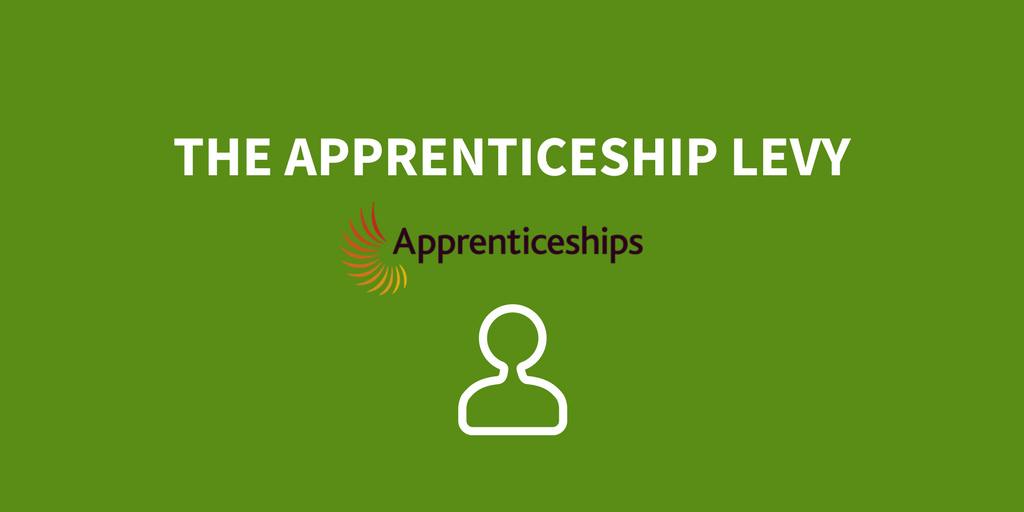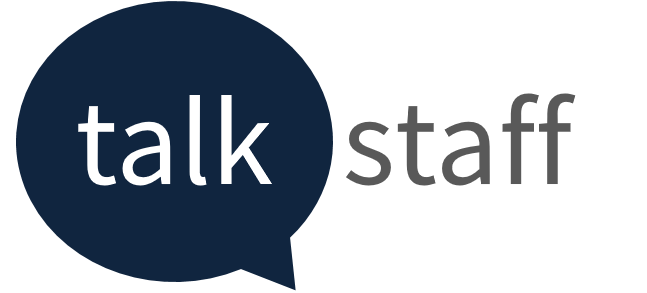Payroll Duties: The Apprenticeship Levy
- March 7, 2017
- Posted by: Gary Parsons
- Category: Pay, Reward & Benefits

On April 6 2017, the Government’s new Apprenticeship Levy will come into force. It will only be paid by UK companies that have an annual salary bill of more than £3 million.
Companies that are affected by the levy will need to pay 0.5% of their payroll bill to the Government so that it can fund the provision of apprenticeships. Each company will receive a £15,000 allowance to offset against their levy payment, so in effect it will only be paid on the portion of the wage bill that exceeds £3 million. Companies that operate more than one payroll will only be able to claim the allowance once.
Only 2% of UK companies will need to pay the levy, but if your company is one of the 22,000 affected by the new requirements, then you need to ensure that you are prepared for its introduction in April.
Companies will need to notify HM Revenue & Customs (HMRC) each month whether they are eligible to pay the levy. You will need to calculate the size of the levy you need to pay, before declaring to HMRC that you have included the levy in your usual PAYE payment. This declaration will be made via your Employer Payment Summary (EPS).
Explore New Payroll Changes for 2024 onwards
How to Calculate Your Levy Charge
Although eligibility to pay the levy is based on the size of your annual salary bill, the levy will be paid on a monthly basis. This means that for the first month of each tax year you will need to carry out the following calculations:
- Divide your Apprenticeship Levy allowance by 12
- Subtract this figure from 0.5% of your monthly pay bill
For subsequent months, the required calculations are:
- Calculate your total salary bill for the year so far
- Calculate the total of your monthly levy allowances for the year so far
- Subtract the total of these levy allowances from 0.5% of your total pay bill for the year so far
- Subtract the amount you’ve paid as levy payments for the year so far
Payroll Reporting Requirements
If your levy payment changes from month to month, this must be declared on the next EPS following the change.
If you make a mistake regarding payment of the levy, you will need to declare this on an additional EPS at the end of the tax year, and make good your payment shortfall.
Records of all information you use to calculate your levy payment must be retained for at least three years following the end of the tax year to which they relate.
The introduction of the apprenticeship levy is just the latest in a series of changes that have made administering payroll more complex. If you currently outsource your payroll function, then you need to check with your provider that they can handle the requirements of the apprenticeship levy. If you currently administer your payroll in-house, then now might be the time to consider outsourcing it to an external payroll provider that specialises in this area.
Once companies based in England have paid the levy, they will be able to access funds for provision of apprenticeships via a digital apprenticeship service account. By 2020, it is anticipated that all companies will be able to access this account, including those not subject to the levy.
Get an Outsourced Payroll quote





